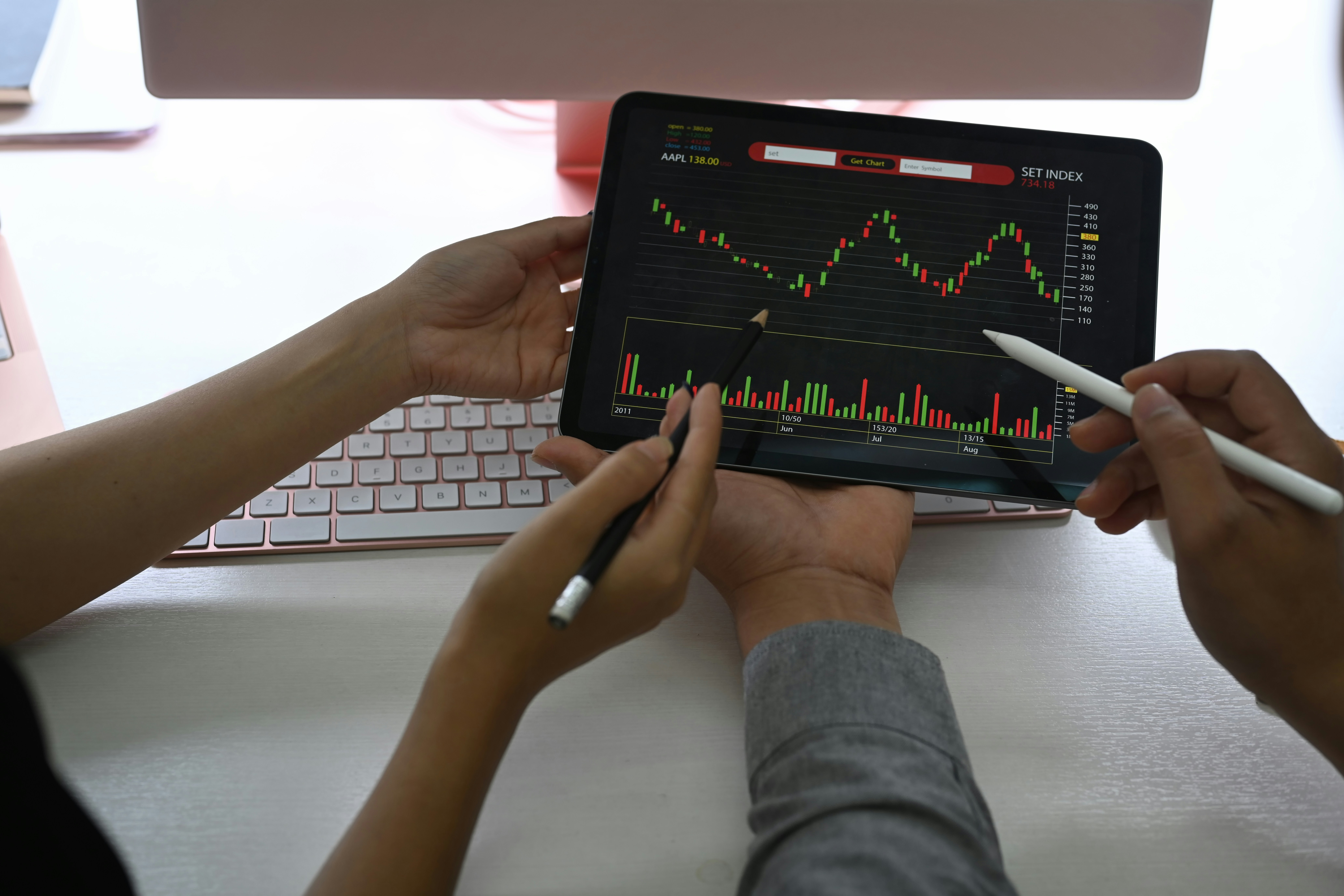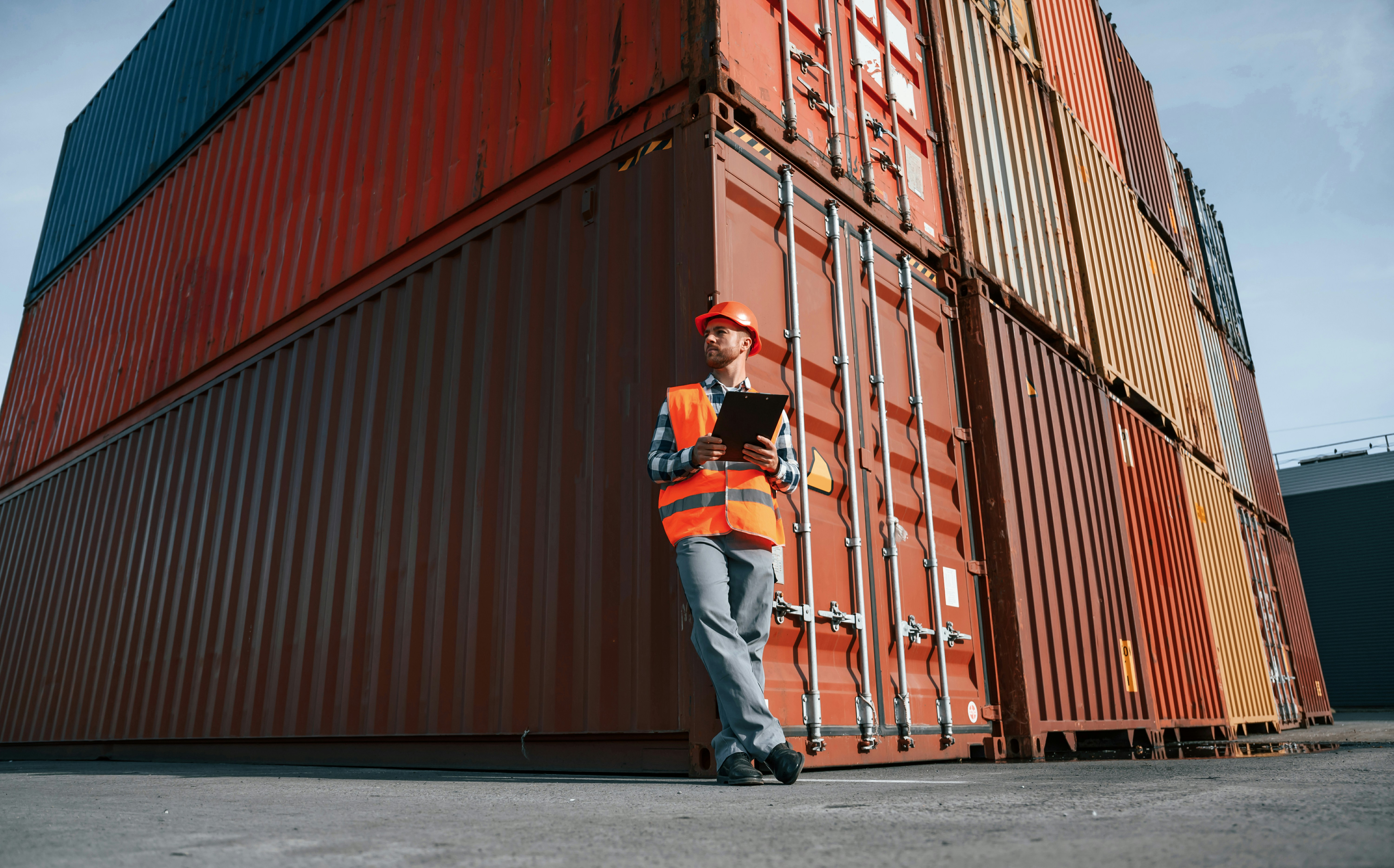Real-Time Trade Compliance: Managing Changing US Tariffs and Regulations

Real-Time Trade Compliance: Managing Changing US Tariffs and Regulations
The global trade landscape is ever-changing, with new tariffs, regulations, and policies emerging at a rapid pace. For supply chain businesses operating in or with the United States, staying compliant is more complex than ever. A single misstep in trade compliance can lead to delays, penalties, and strained relationships with customers and partners.
Real-time trade compliance tools, like those offered by SupplySense 360, provide businesses with the insights and automation they need to navigate these challenges seamlessly.
The Challenge of Constantly Shifting Regulations
In recent years, US trade policies have experienced significant fluctuations, from evolving tariffs on imported goods to stringent customs requirements. This volatility creates uncertainty for supply chain operations as businesses struggle to keep up with the latest changes while avoiding costly errors.
For example, a sudden tariff increase on imported raw materials can impact pricing, inventory planning, and shipping costs. Without the right tools, businesses risk non-compliance, which can lead to legal repercussions and financial losses.
How Real-Time Visibility Supports Compliance
Real-time trade compliance tools play a vital role in keeping businesses ahead of regulatory changes. Here’s how SupplySense 360 empowers companies to manage compliance effortlessly:
- Automated Alerts: Stay informed about changing tariffs, customs updates, and regulatory shifts with automated notifications, ensuring your team is always in the know.
- Customs Documentation: Generate and manage accurate customs forms in real-time, reducing errors and speeding up clearance processes.
- Dynamic Pricing Models: Use real-time data to adjust pricing strategies when tariffs or taxes shift, maintaining profitability while staying compliant.
The Role of Market Insights in Compliance

SupplySense 360 goes beyond visibility by providing market insights that help businesses anticipate changes and make proactive decisions. For example, businesses can monitor geopolitical trends or industry-specific regulations to predict how upcoming changes may affect their operations.
These insights enable supply chain managers to:
- Reroute shipments to avoid high-tariff regions.
- Negotiate with suppliers for cost-sharing when tariff hikes occur.
- Adjust inventory levels to prepare for regulatory shifts.
Industries Impacted by Trade Compliance
Some industries face unique trade compliance challenges, including:
- Electronics: Regular tariff changes on components can disrupt production schedules.
- Food and Beverage: Complex health and safety standards require meticulous customs documentation.
- Automotive: Sourcing parts from multiple countries demands accurate tracking of duties and origin certifications.
Steps to Strengthen Trade Compliance

Here’s how SupplySense 360 can help your business stay ahead of trade compliance challenges:
- Integrate Compliance Tracking: Centralize trade regulations into a single dashboard to simplify monitoring.
- Leverage Real-Time Data: Use real-time updates to adapt quickly to tariff or customs changes.
- Automate Documentation: Reduce human error with tools that automatically generate compliant paperwork.
A Smarter Way to Manage Compliance
In today’s unpredictable trade environment, real-time compliance isn’t just a luxury—it’s a necessity. With SupplySense 360, businesses can achieve peace of mind knowing they have the tools to adapt to changing regulations without disrupting their operations.
By combining real-time tracking, market insights, and automated compliance tools, SupplySense 360 ensures that your business stays agile, competitive, and compliant—no matter how the trade landscape evolves.